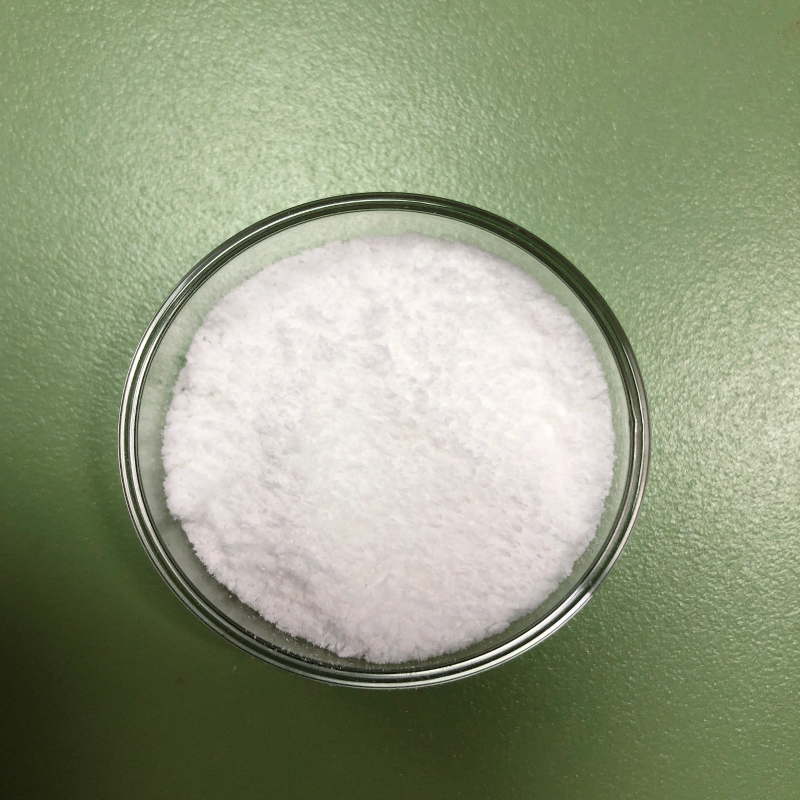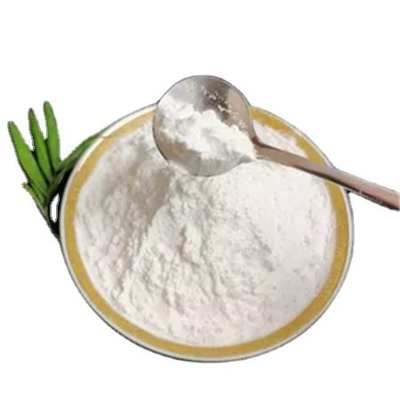-
Categories
-
Pharmaceutical Intermediates
-
Active Pharmaceutical Ingredients
-
Food Additives
- Industrial Coatings
- Agrochemicals
- Dyes and Pigments
- Surfactant
- Flavors and Fragrances
- Chemical Reagents
- Catalyst and Auxiliary
- Natural Products
- Inorganic Chemistry
-
Organic Chemistry
-
Biochemical Engineering
- Analytical Chemistry
- Cosmetic Ingredient
-
Pharmaceutical Intermediates
Promotion
ECHEMI Mall
Wholesale
Weekly Price
Exhibition
News
-
Trade Service
Recently, the processing and function evaluation team of resource insect products of the Bee Research Institute of the Chinese Academy of Agricultural Sciences explored the effects
of different hot air drying treatments on the drying characteristics and color deterioration of rape bee pollen.
The results were published in
Food Chemistry: X.
of different hot air drying treatments on the drying characteristics and color deterioration of rape bee pollen.
The results were published in
Food Chemistry: X.
As one of the most commonly used methods for preserving bee pollen, hot air drying generally undergoes color deterioration of bee pollen during hot processing, which in turn affects consumer acceptance
.
The browning caused by the Maillard reaction during the drying process of bee pollen and the degradation of the own pigment of bee pollen are the key factors
affecting the color change of bee pollen.
.
The browning caused by the Maillard reaction during the drying process of bee pollen and the degradation of the own pigment of bee pollen are the key factors
affecting the color change of bee pollen.
This study established the correlation
between related compounds and pollen color by exploring the conversion mechanism of Maillard reaction products and plant pigments in the drying process of bee pollen.
The results showed that compared with fresh rape bee pollen, the increase of drying temperature reduced the brightness value and yellow-blue value of rape bee pollen, the red-green value increased significantly, and the browning index increased by more than
2 times.
Correlation analysis showed that the content of 3-deoxyglucosetone, 1-deoxy-2,3-pentose, epoxy zeaxanthin and lutein in rape bee pollen were important factors
causing pollen color deterioration.
The research results provide a scientific basis
for regulating the color deterioration of rapeseed bee pollen drying process and improving the quality of bee pollen products.
between related compounds and pollen color by exploring the conversion mechanism of Maillard reaction products and plant pigments in the drying process of bee pollen.
The results showed that compared with fresh rape bee pollen, the increase of drying temperature reduced the brightness value and yellow-blue value of rape bee pollen, the red-green value increased significantly, and the browning index increased by more than
2 times.
Correlation analysis showed that the content of 3-deoxyglucosetone, 1-deoxy-2,3-pentose, epoxy zeaxanthin and lutein in rape bee pollen were important factors
causing pollen color deterioration.
The research results provide a scientific basis
for regulating the color deterioration of rapeseed bee pollen drying process and improving the quality of bee pollen products.
The research was supported
by the National Natural Science Foundation of China, the Science and Technology Innovation Project of the Chinese Academy of Agricultural Sciences, and the National Bee Industry Technology System Project.
by the National Natural Science Foundation of China, the Science and Technology Innovation Project of the Chinese Academy of Agricultural Sciences, and the National Bee Industry Technology System Project.
Original link:
https://doi.
org/10.
1016/j.
fochx.
2022.
100464
org/10.
1016/j.
fochx.
2022.
100464







